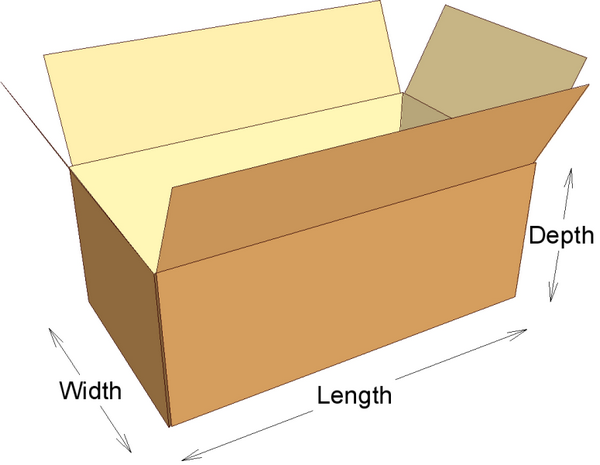Slack End - The result of a loose or broken end puckering as it is gradually woven into a fabric.
Crease Line - A mark left in a fabric a crease has been removed. It may be caused by mechanical damage to the fibers at the fold, by variation in treatment due to the construction along the fold or by disturbance of the fabric structure.
Coarse Pick - A pick of filling whose diameter is noticeably greater than that normal to the fabric.
Knot - A place where two ends of yarn have been tied together.
Color Fly - Fibers of a different color appearing in a yarn or fabric as contamination.
End Out - A line, running warp-way through part or all of piece, caused by the absence of a warp thread.
Hang Thread - A thread left hanging on the face of a fabric. The most common cause is the failure of a weaver to clip the excess yarn after repairing a broken end and/or the cloth inspector’s failure to remove the excess yarn.
Double Pick - Two picks in a single shed where only one is called for by the design of the fabric.
Burl Mark - A distortion resulting from some Superfluous material such as a thick slub, waste or wild yarn being removed with a burling tool.
Broken End - Where a warp yarn has ruptured and been repaired often characterized by the broken and being woven into the fabric.
Miss pick - Where the weave design is broken by the absence of a pick of filling.
Coarse End - An end whose diameter is noticeably greater than that normal to the fabric.
Jerk In - An extra piece of filling yarn jerked by the shuttle into the fabric along with a regular pick of filling. On conventional looms, they generally are confined to the battery side, the most common cause being the failure of the thread-holding mechanism to hold the filling from the out-going bobbin long enough for the temple thread cutter to cut the yarn after a filling.
Thick Place - A place across the width containing more picks or heavier filling than that normal to the fabric.
Thin Place - A place across the width containing less picks or lighter filling than that normal to the fabric.
Crease Line - A mark left in a fabric a crease has been removed. It may be caused by mechanical damage to the fibers at the fold, by variation in treatment due to the construction along the fold or by disturbance of the fabric structure.
Coarse Pick - A pick of filling whose diameter is noticeably greater than that normal to the fabric.
Knot - A place where two ends of yarn have been tied together.
Color Fly - Fibers of a different color appearing in a yarn or fabric as contamination.
End Out - A line, running warp-way through part or all of piece, caused by the absence of a warp thread.
Hang Thread - A thread left hanging on the face of a fabric. The most common cause is the failure of a weaver to clip the excess yarn after repairing a broken end and/or the cloth inspector’s failure to remove the excess yarn.
Double Pick - Two picks in a single shed where only one is called for by the design of the fabric.
Broken End - Where a warp yarn has ruptured and been repaired often characterized by the broken and being woven into the fabric.
Miss pick - Where the weave design is broken by the absence of a pick of filling.
Coarse End - An end whose diameter is noticeably greater than that normal to the fabric.
Jerk In - An extra piece of filling yarn jerked by the shuttle into the fabric along with a regular pick of filling. On conventional looms, they generally are confined to the battery side, the most common cause being the failure of the thread-holding mechanism to hold the filling from the out-going bobbin long enough for the temple thread cutter to cut the yarn after a filling.
Thick Place - A place across the width containing more picks or heavier filling than that normal to the fabric.
Thin Place - A place across the width containing less picks or lighter filling than that normal to the fabric.



















